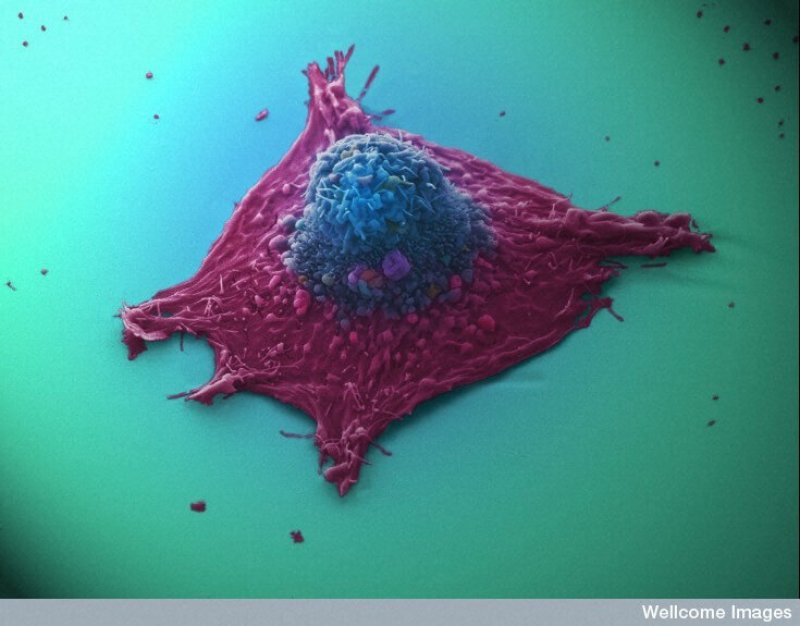How does one little cancerous cell transform itself into an invader that rages out of control? Surprisingly abruptly, according to new results that are pointing the way to Darwinian-inspired treatments.
When a cancer evolves the ability to metastasise, it has to pull off several remarkable feats: wrench itself from the primary tumour; thrive independently; burst through the wall of a blood or lymphatic vessel; outwit the immune system; and, finally, anchor and grow in a new location.
Now Charles Swanton from Cancer Research UK and his team at University College London think they understand what happens. Rather than gradually collecting many tiny mutations, cancer dramatically reorders its genome, evolving these abilities in large leaps or “macromutations” to conjure up the suite of traits it needs to turn into a killer.
Read the full, original story: Giant leaps of evolution make cancer cells deadly
Additional Resources:
- Science that will change our lives: Solving the DNA jigsaw, New Zealand Herald
- Why Everyone Seems to Have Cancer, New York Times































